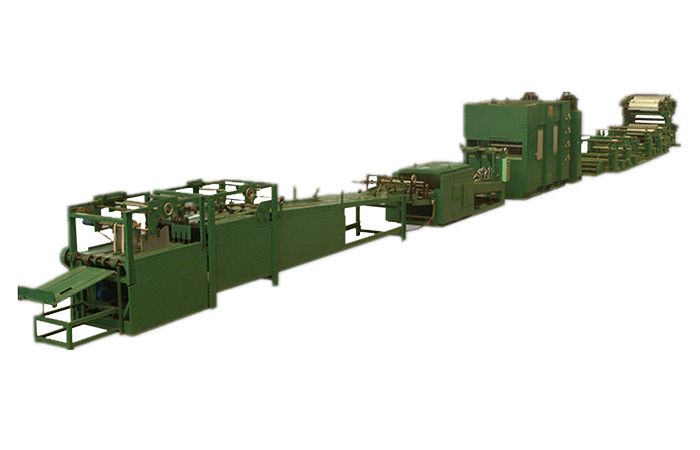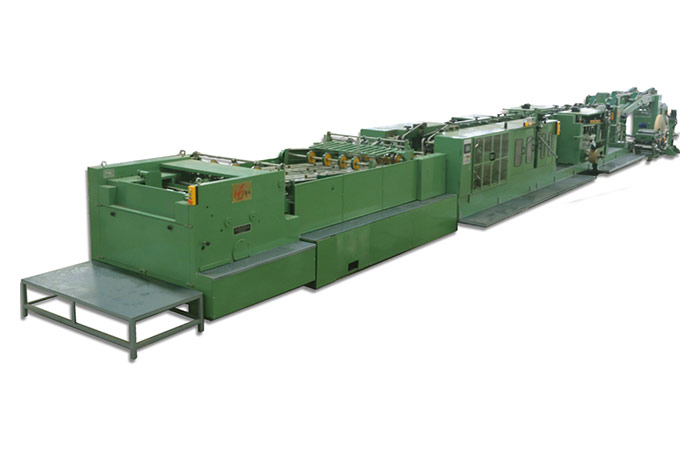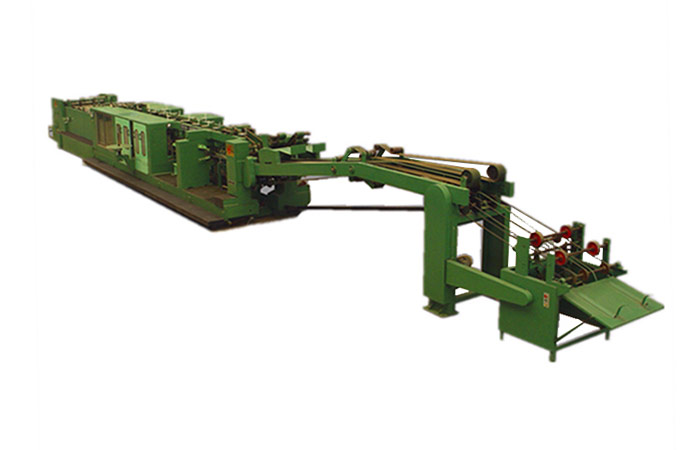A Kubota tractor clutch kit is a collection of parts designed specifically to replace the clutch on a Kubota tractor. Kubota tractors are popular compact tractors used in farming and landscaping applications.
A typical Kubota tractor clutch kit includes the following components:
Clutch Disc: The clutch disc is the main component of the clutch that is sandwiched between the flywheel and the pressure plate. It is responsible for transmitting power from the engine to the transmission.
Pressure Plate: The pressure plate is the component that holds the clutch disc against the flywheel and applies pressure to engage the clutch.

Pilot Bearing: The pilot bearing supports the transmission input shaft and reduces friction between the shaft and the clutch disc.
Alignment Tool: The alignment tool is used to ensure that the clutch disc is properly aligned with the flywheel and pressure plate during installation.
When purchasing a Kubota tractor clutch kit, it’s important to ensure that it is compatible with your specific Kubota tractor model and that all necessary components are included.
To buy a Kubota tractor clutch kit, you can follow these steps:
Identify your tractor model: Determine the specific model and year of your Kubota tractor. This information will help you find the correct clutch kit that is compatible with your tractor.
…
More detailed information on how to choose a Kubota tractor clutch kit can be accessed by clicking here:https://www.syclutch.com/news/kubota-tractor-clutch-kit-optional.html








